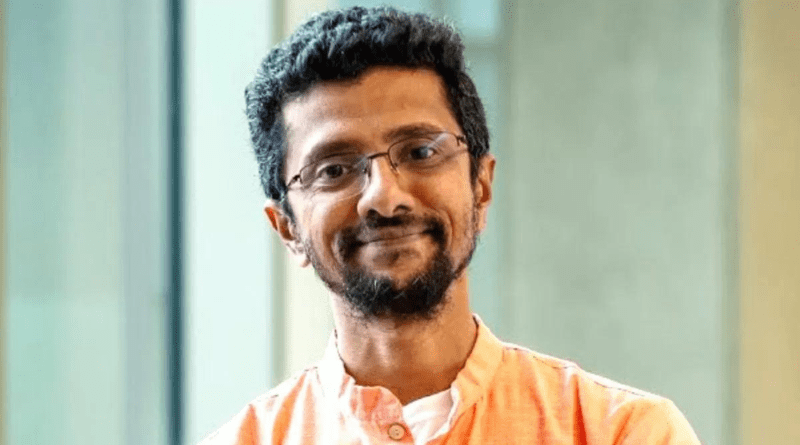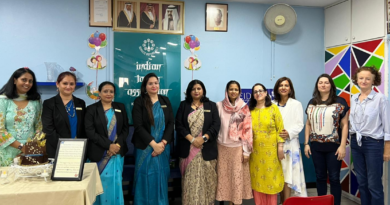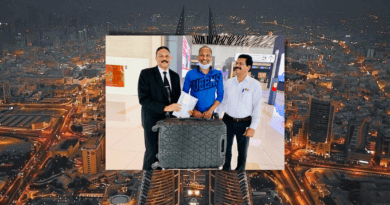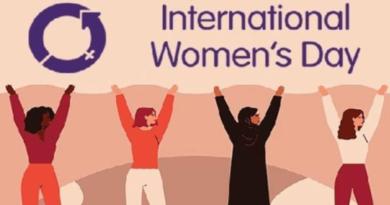The Spectacular Ashok Veeraraghavan Wins A Revolutionary Award
The 2024 Edith and Peter O’Donnell Award in Engineering went to Ashok Veeraraghavan, a trailblazing Indian American computer engineer, for his innovative imaging technique that aims to make the invisible visible. The Texas Academy of Medicine, Engineering, Science, and Technology (TAMEST) presented Veeraraghavan, Professor of Electrical and Computer Engineering and Computer Science, George R. Brown School of Engineering at Rice University, with the honour.
Imagine shooting a clear photo through rain, smoke, and fog. Regarding Veeraraghavan’s ground-breaking technology, a media release describes it as follows: “Imagine taking interior images of the human body through skin, bone, and other tissue that scatter light and limit human vision.”
Veeraraghavan and his colleagues at Rice University are developing imaging systems that counteract the effects of light- and see-through-scattering media, like fog, smoke, rain, and human tissue, by combining cutting-edge multi-dimensional image sensors with machine learning algorithms.
NeuWS stands for “neural wavefront shaping,” and it is a novel technology that his team has created recently with assistance from academics at the University of Maryland.
Fundamentally, NeuWS is about combining wavefront shaping and a new machine-learning technique to reverse the effects of light scattering. Light, which has a reduced wavelength, is rendered useless in many situations due to scattering. Imaging can achieve substantially greater resolution if the scattering effects are eliminated.
According to the release, while taking pictures in the rain and fog is undoubtedly fascinating, this technology may also be used to save lives.
It’s possible that in the future, firefighters entering a smoke-filled area will be able to see clearly with eyewear made possible by NeuWS-like technologies.
Headlights on cars might be able to see through a variety of hazardous weather situations thanks to technology developed by automakers. Without creating any incisions, surgeons could visualise blood veins through the skin tissue.
Their work has made substantial progress and makes all of this potentially plausible, even though several more advancements are required to make any of these possibilities possible.
As the “holy grail problem” of optical engineering, Dr. Veeraraghavan is taking on one of the most difficult imaging problems, according to nominator Alan Bovik, PhD (NAE), professor at the University of Texas at Austin and holder of the Cockrell Family Regents Endowed Chair in Engineering.
“The amount of things we can accomplish grows with each advancement in our capacity to perceive the invisible. We will be able to view things thanks to NeuWS technology that are currently unimaginable.
Veeraraghavan, who was born in Chennai, graduated in 2002 with a BTech in electrical engineering from the Indian Institute of Technology, Madras.
Additionally, in 2004 and 2008, he received master’s and PhD degrees from the University of Maryland, College Park’s Department of Electrical and Computer Engineering, respectively.
He became an associate professor in 2017 and a professor in 2020 after joining the ECE Department in 2010. He was a co-developer of FlatCam, a tiny mask-equipped sensor chip that replaces lenses in conventional cameras.
Veeraraghavan is one of five researchers from Texas who will be honoured with the Edith and Peter O’Donnell Awards from TAMEST 2024. Each is selected based on their unique contributions to the discussion of the crucial role that science and technology play in society, as well as the fact that their work exemplifies the greatest levels of inventiveness, resourcefulness, and professional performance.
Every year, rising-star Texas researchers who are tackling the crucial role that science and technology play in society are honoured with the Edith and Peter O’Donnell Awards. Their work must meet the highest criteria of excellent professional competence, originality, and ingenuity.
TAMEST was established in 2004 and is made up of the eight Nobel Laureates from Texas, the Royal Society, and members of the National Academies—the National Academy of Sciences, National Academy of Medicine, and National Academy of Engineering—all of which have their headquarters in Texas.




